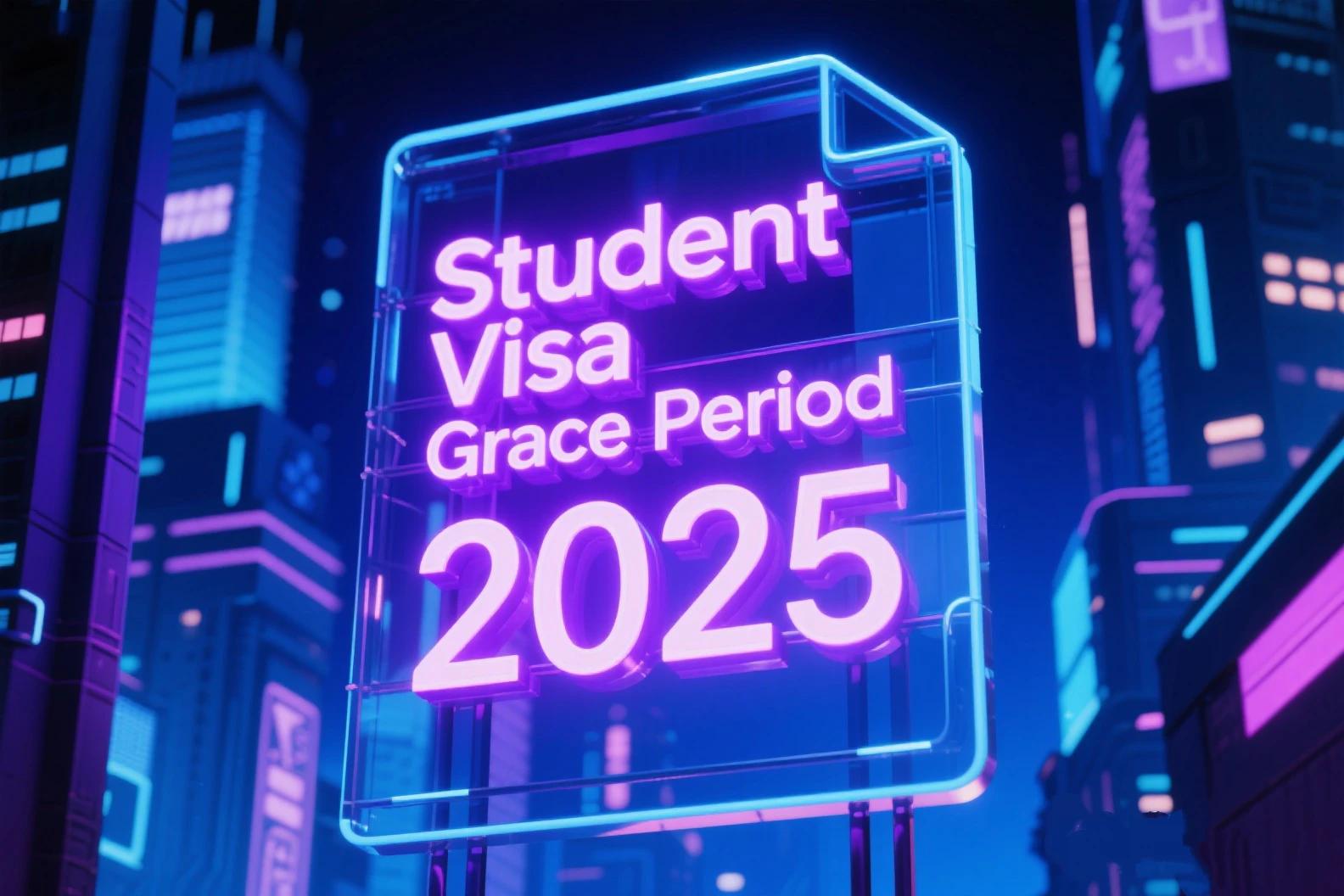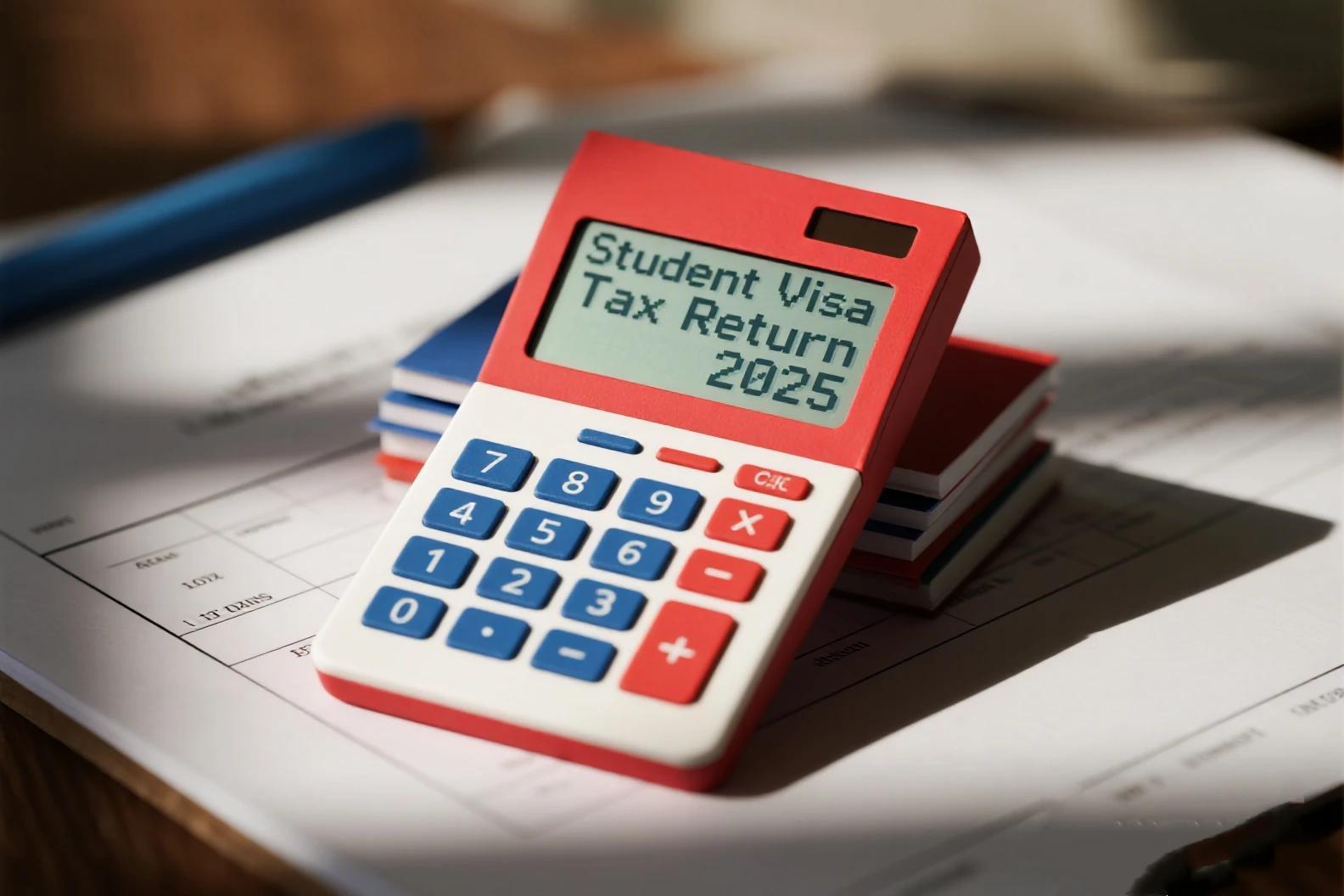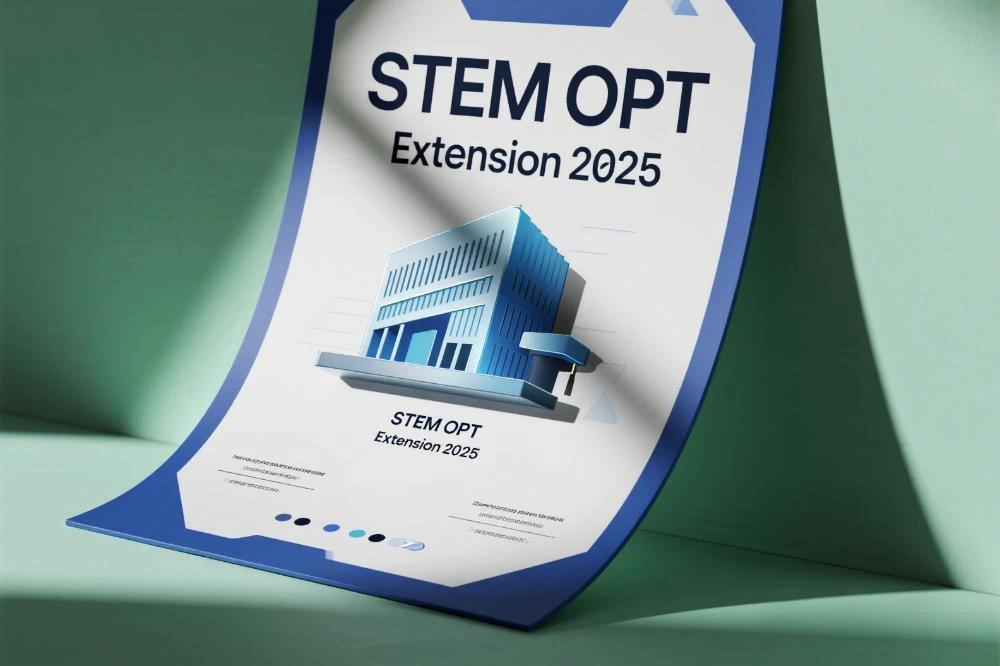Student Visas
Your Gateway to Education in the United States
What is a Student Visa?
Student visas let international students pursue academic or vocational studies in the U.S. This includes universities, colleges, language training programs, and technical schools. With the right visa, you can study full-time and even gain work experience through programs like OPT.
Who is eligible?
Accepted into a SEVP-approved institution
Show proof of funds
Maintain full-time student status
Key Benefits
Access to world-class educational institutions
Practical work experience through OPT/CPT
Global networking opportunities
Potential pathway to work visas and permanent residency
Types of Student Visas
F-1 Visa
Academic Programs
For students attending universities, colleges, high schools, private elementary schools, seminaries, conservatories, or language training programs.
Key Features:
On-campus employment allowed (20 hours/week)
Curricular Practical Training (CPT) for internships
Optional Practical Training (OPT) for 12 months, with 24-month extension for STEM graduates
M-1 Visa
Vocational Programs
For students attending vocational or other non-academic programs, such as technical schools, cooking schools, or flight schools.
Key Features:
No on-campus employment allowed
No CPT available
Practical training allowed only after completion of studies (limited to 1 month for each 4 months of study, maximum 6 months)
J-1 Visa
Exchange Visitor Program
For exchange visitors participating in programs that promote cultural exchange, including some students, scholars, professors, and research assistants.
Key Features:
On-campus employment allowed with authorization
Academic training opportunities similar to OPT
May be subject to two-year home residency requirement
Student Immigration in Numbers
1+ million
International students in the U.S. annually
4,500+
SEVP-approved institutions across the U.S.
3 years
OPT allows up to 3 years of work for STEM graduates
Top Countries of Origin for International Students
China
India
South Korea
More questions about Student Visas? We have answers
We break down Student Visas so you don't have to: See all Student Visas resources.
FAQs
Yes, but with specific limitations:
On-campus employment: Up to 20 hours per week while school is in session, and full-time during breaks
Curricular Practical Training (CPT): Off-campus employment that's an integral part of your curriculum
Optional Practical Training (OPT): Up to 12 months of work experience in your field of study after completion (with possible 24-month extension for STEM graduates)
Severe Economic Hardship: In cases of unforeseen financial difficulties, you may apply for special work authorization
Always consult with your school's international student office before accepting any employment to ensure compliance with visa regulations.
Curricular Practical Training (CPT) and Optional Practical Training (OPT) are both work authorization options for F-1 students, but they differ in several important ways:
CPT:
Must be an integral part of your established curriculum
Available before completion of your degree program
Requires a job offer before application
Authorized by your school's DSO (not USCIS)
Using 12+ months of full-time CPT eliminates OPT eligibility
OPT:
Must be directly related to your major field of study
Available during or after completion of your degree program (most common after completion)
No job offer required to apply
Authorized by USCIS
Limited to 12 months total per educational level (with possible 24-month STEM extension)
Yes, it's possible to transition from F-1 student status to H-1B work visa or permanent residency (green card), though each path has specific requirements:
F-1 to H-1B:
Most common path is through OPT employment with an employer willing to sponsor an H-1B petition
H-1B visas are subject to annual caps and lottery selection (except for cap-exempt employers)
"Cap-gap" extension allows F-1 students to remain in the U.S. while changing to H-1B status
F-1 to Green Card:
Typically requires employer sponsorship through PERM labor certification and I-140 petition
Alternative paths include family-based sponsorship, extraordinary ability petitions, or National Interest Waivers
May require maintaining lawful status (often through H-1B) during the green card process
Both transitions require careful planning and often professional legal assistance to navigate successfully.
Maintaining full-time enrollment is a critical requirement for F-1 and M-1 students. If you drop out or fall below the required course load without proper authorization:
Loss of status: You may be considered "out of status" and in violation of visa terms
SEVIS termination: Your school's DSO may be required to terminate your SEVIS record
Limited grace period: You may have only 15 days (or no grace period) to depart the U.S.
Future visa implications: Violations can affect future visa applications
Authorized Exceptions:
In certain circumstances, you may be authorized for a reduced course load:
Academic difficulties (initial adjustment, language difficulties, improper course placement)
Medical conditions (with documentation)
Final term of program (if fewer credits are needed to graduate)
Always consult with your international student advisor before reducing your course load or withdrawing from classes.
Ready to Begin Your Educational Journey in the U.S.?
Our experts can help you navigate the student visa application process and find the right educational path for your goals.




